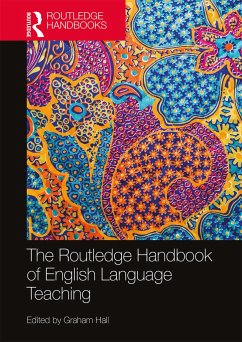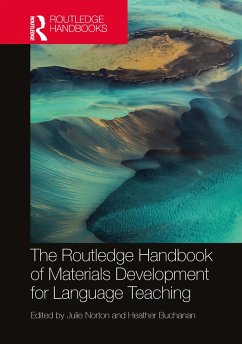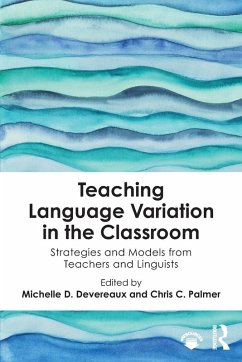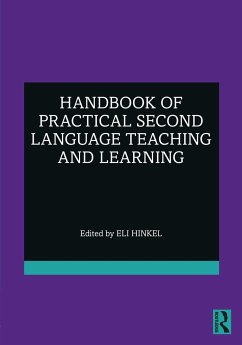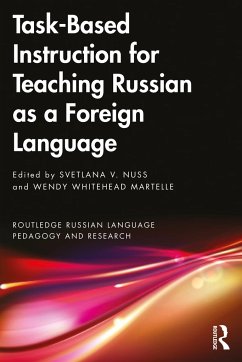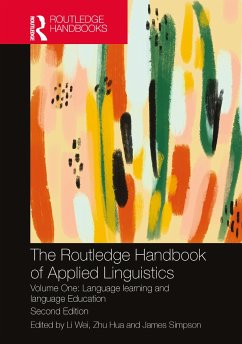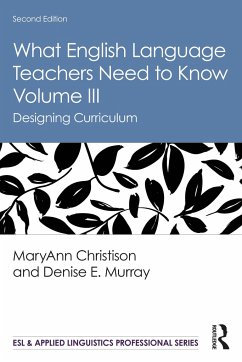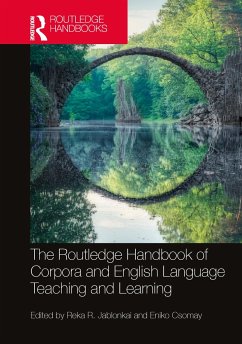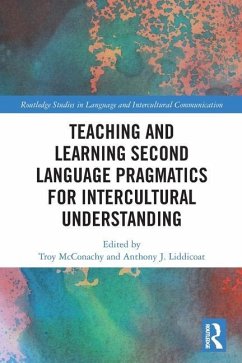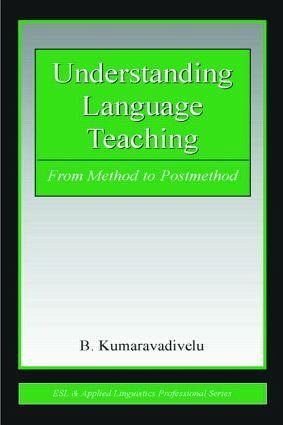
Understanding Language Teaching
From Method to Postmethod
Versandkostenfrei!
Versandfertig in 6-10 Tagen
41,99 €
inkl. MwSt.

PAYBACK Punkte
21 °P sammeln!
This book traces the historical development of major language teaching methods in terms of theoretical principles and classroom procedures, and provides a critical evaluation of each. Drawing from seminal, foundational texts and from critical commentaries made by various scholars, Kumaravadivelu examines the profession's current transition from method to postmethod and, in the process, elucidates the relationship between theory, research, and practice. The chief objective is to help readers see the pattern that connects language, learning, teaching methods, and postmethod perspectives.In this ...
This book traces the historical development of major language teaching methods in terms of theoretical principles and classroom procedures, and provides a critical evaluation of each. Drawing from seminal, foundational texts and from critical commentaries made by various scholars, Kumaravadivelu examines the profession's current transition from method to postmethod and, in the process, elucidates the relationship between theory, research, and practice. The chief objective is to help readers see the pattern that connects language, learning, teaching methods, and postmethod perspectives.
In this book, Kumaravadivelu:
_brings together a critical vision of L2 learning and teaching--a vision founded at once on historical development and contemporary thought;
_connects findings of up-to-date research in L2 learning with issues in L2 teaching thus making the reader aware of the relationship between theory, research and practice;
_presents language teaching methods within a coherent framework of language-, learner-, and learning-centered pedagogies, thus helping the reader to see how they are related to each other;
_shows how the three categories of methods evolved historically leading ultimately (and inevitably) to the emergence of a postmethod condition; and
_provides the reader with a solid background in several interconnected areas of L2 pedagogy, such as concepts of competence, input factors, intake processes, interactional modifications, and instructional design.
Understanding Language Teaching: From Method to Postmethod is intended for an international audience of teacher educators, practicing teachers and graduate students, researchers, curriculum planners, and materials designers in the field of second and foreign language teaching.
In this book, Kumaravadivelu:
_brings together a critical vision of L2 learning and teaching--a vision founded at once on historical development and contemporary thought;
_connects findings of up-to-date research in L2 learning with issues in L2 teaching thus making the reader aware of the relationship between theory, research and practice;
_presents language teaching methods within a coherent framework of language-, learner-, and learning-centered pedagogies, thus helping the reader to see how they are related to each other;
_shows how the three categories of methods evolved historically leading ultimately (and inevitably) to the emergence of a postmethod condition; and
_provides the reader with a solid background in several interconnected areas of L2 pedagogy, such as concepts of competence, input factors, intake processes, interactional modifications, and instructional design.
Understanding Language Teaching: From Method to Postmethod is intended for an international audience of teacher educators, practicing teachers and graduate students, researchers, curriculum planners, and materials designers in the field of second and foreign language teaching.





